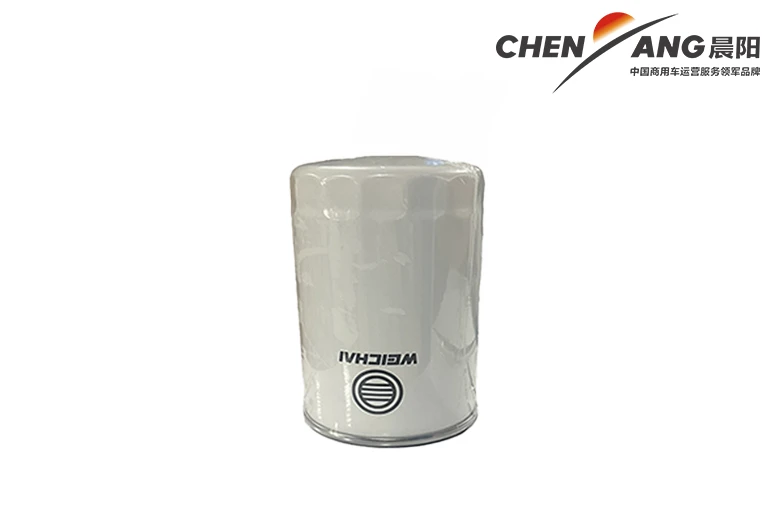Understanding the Importance of Transmission Cases in Automotive Performance and Reliability
Understanding Transmission Cases A Comprehensive Overview
Transmission cases play a pivotal role in the automotive industry, functioning as a crucial component that facilitates the transfer of power from the engine to the wheels of a vehicle. Understanding these cases—notably their design, function, and maintenance—is essential for anyone involved in automotive technology, manufacturing, or repair. In this article, we will explore the intricacies of transmission cases, highlighting their significance, types, common issues, and best practices for maintenance.
What is a Transmission Case?
A transmission case, also known as a gearbox or transmission housing, encases the transmission system within a vehicle. This assembly is typically constructed from durable materials such as aluminum or cast iron, providing the necessary strength to withstand the high temperatures and pressures generated during operation. The case houses vital components, including gears, shift forks, and hydraulic systems, which work in concert to control the vehicle's speed and torque.
Types of Transmission Cases
Transmission cases can be categorized into two primary types manual and automatic.
1. Manual Transmission Cases In manual transmissions, the driver operates the gear shift, manually selecting the gear ratios that transfer engine power to the wheels. The transmission case for manual systems is generally simpler because it lacks the complex hydraulic systems found in automatics.
2. Automatic Transmission Cases These cases house intricate systems that automatically shift gears based on speed and engine load without driver intervention. The design of an automatic transmission case is generally more complex, incorporating additional components such as torque converters and hydraulic controls.
Functions of a Transmission Case
The primary functions of a transmission case include
- Protection It shields delicate internal components from environmental factors such as dirt, moisture, and debris, as well as impacts from road hazards. - Support The case provides structural support for all components of the transmission system, ensuring precise alignment and optimal function. - Fluid Containment Transmission cases also hold lubrication and cooling fluids essential for the efficient operation of the gearbox, helping to reduce friction and heat buildup.
transmission case

Common Issues with Transmission Cases
Like all automotive components, transmission cases can experience issues over time. Some common problems include
- Cracks or Leaks Over time, the transmission case may develop cracks or leaks, often due to stress or impact, leading to fluid loss and potential overheating. - Corrosion Exposure to road salt, moisture, and other environmental factors can cause corrosion, compromising the integrity of the case. - Oil Contamination Contaminants can enter the transmission fluid, leading to decreased performance and potential damage to internal components.
Maintenance Best Practices
To ensure the longevity and reliable performance of a transmission case, regular maintenance is crucial. Here are some best practices
1. Regular Fluid Changes Transmissions require specific fluids that must be changed at regular intervals as recommended by the manufacturer. This helps remove contaminants and maintain optimal lubrication.
2. Inspect for Leaks Regularly check for signs of fluid leaks under the vehicle. Early detection of cracks or leaks can prevent more serious issues down the line.
3. Visual Inspections Routine inspections of the transmission case can help identify signs of wear or damage. Look for signs of corrosion or distortion that might indicate structural problems.
4. Professional Servicing If you experience transmission problems or suspect issues with the case, consult a qualified automotive technician for a thorough inspection and repair.
Conclusion
Transmission cases are integral to the function and reliability of vehicles. By understanding their structure, function, and common issues, vehicle owners and automotive professionals can ensure the efficient operation of their transmission systems. Adopting a proactive approach to maintenance will not only extend the life of the transmission case but also enhance overall vehicle performance, proving that a little knowledge and care can go a long way in automotive upkeep.
-
Hydraulic Lock Assembly for SHACMAN Truck Parts – Durable & ReliableNewsJul.28,2025
-
SINOTRUK HOWO 84 Electric Dump Truck for Eco-Friendly Heavy HaulingNewsJul.26,2025
-
The Fast 16-Gear Manual Transmission Assembly for Heavy TrucksNewsJul.25,2025
-
Mercedes Benz Actros 1848 42 Tractor Truck for Sale - Reliable PerformanceNewsJul.24,2025
-
High-Quality Water Pump Assembly for Sinotruk Trucks – Durable & ReliableNewsJul.23,2025
-
Premium Truck Engine Antifreeze Coolant Fluid for Heavy Duty VehiclesNewsJul.22,2025
Popular products

























